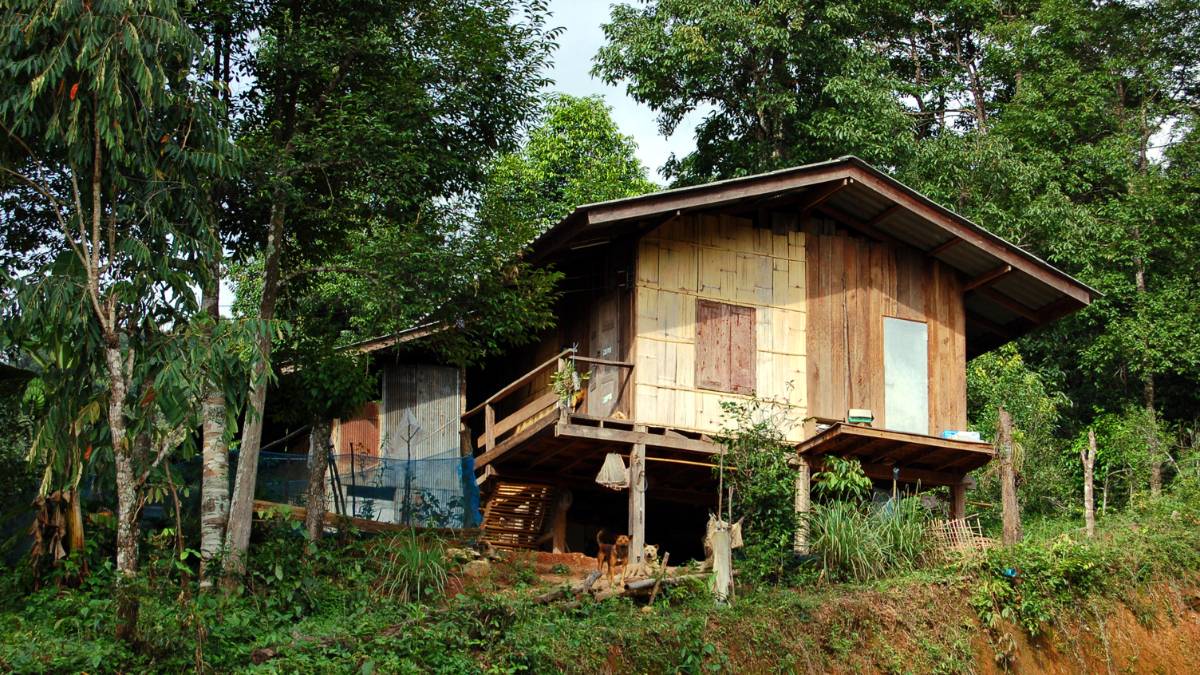Last Updated on March 22, 2024 by Kravelv Spiegel
Improving the air quality within the walls of an older home isn’t just about ensuring the longevity of its structure but also about safeguarding the well-being of its occupants. These homes are unique for their craftsmanship and aesthetic appeal, yet they may have hidden challenges that can compromise the indoor environment.
Poor air quality can result from various factors, including outdated heating systems, lack of proper ventilation, the presence of mold, or even remnants of hazardous materials. These five tips to improve air quality in older homes will enhance the living experience and preserve the historical integrity of these homes for future generations.
Utilize Air Purifiers
Incorporating air purifiers into your home can significantly reduce the presence of airborne pollutants. Choose air purifiers with HEPA filters; they are highly effective at capturing particulate matter, including dust, pollen, and pet dander. Place air purifiers in high-traffic areas and bedrooms to ensure continuous purification of the air your family breathes.
Get Regular Maintenance for HVAC Systems
A crucial step in ensuring good indoor air quality is the regular maintenance of any existing HVAC systems. Older systems can become significant sources of indoor air pollution if you don’t care for them properly. Dust, mold, and other allergens can accumulate within the system, circulating these irritants throughout your home. Schedule biannual professional inspections and change filters regularly to maintain an efficient, clean airflow.
Upgrade the HVAC System
If you’re looking to upgrade your air quality significantly, retrofitting modern HVAC systems into older homes offers a reliable long-term solution. With careful planning and consulting with professionals who specialize in older residences, you can integrate a system that provides efficient heating, cooling, and improved air filtration. This upgrade not only enhances indoor air quality but also increases your home’s overall energy efficiency.
Ensure Proper Ventilation
Older homes often lack the sophisticated ventilation systems in newer constructions, leading to stagnant air that can harbor pollutants. Open windows when the weather is favorable to allow fresh air to circulate throughout your home. Installing exhaust fans in bathrooms and kitchens can help remove contaminants and prevent moisture buildup, which is a common cause of mold growth.
Reduce Indoor Pollutants
Minimizing the sources of indoor air pollution can substantially impact your home’s air quality. Use natural cleaning products to avoid the introduction of dangerous chemical pollutants. Be mindful of indoor activities that can decrease air quality, such as smoking, burning candles, or cooking without proper ventilation. Improving the air quality in older homes requires a multifaceted approach that considers their unique characteristics. With these tips, you can create a healthier living environment that honors your home’s aesthetic and historical value.

